The Flying Annual – 2022
It’s no secret that the cost of living crisis is having a profound impact on everything in life we do, aviation is no stranger to increased costs due to global events. First, the pandemic: it turned our lives and economies upside down.
Second, the war: Russia’s invasion of Ukraine, devastating for the Ukrainian economy, is sending shockwaves throughout the globe and surging fuel prices and inflation to record highs.
In spite of these twin shocks, however, in 2022 we managed to travel more than ever before as the coronavirus pandemic eased, and countries allowed tourism to prosper.
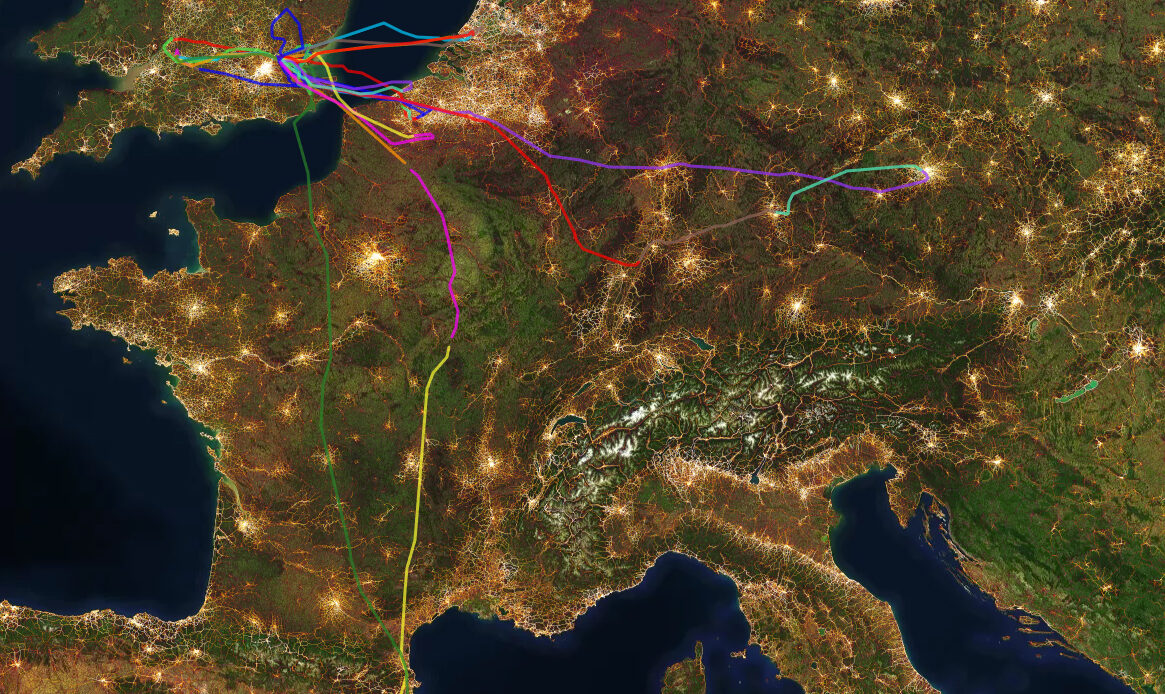
First Trip & Aircraft Overhaul –
The first-day trip was to Kotritjk Belgium, to have the autopilot removed and sent for an overhaul. This was a quick 150nm flight in the middle of winter, and surprisingly despite the very cold temperatures of January an IFR flight. We did however pick up ice on the descent, something of a worry in a non-FIKI aircraft.
The next phase of this trip was to fly to Gloucester where the aircraft would be repainted with an all-new livery design, new seat covers applied and much more to give the aircraft a new lease of life.
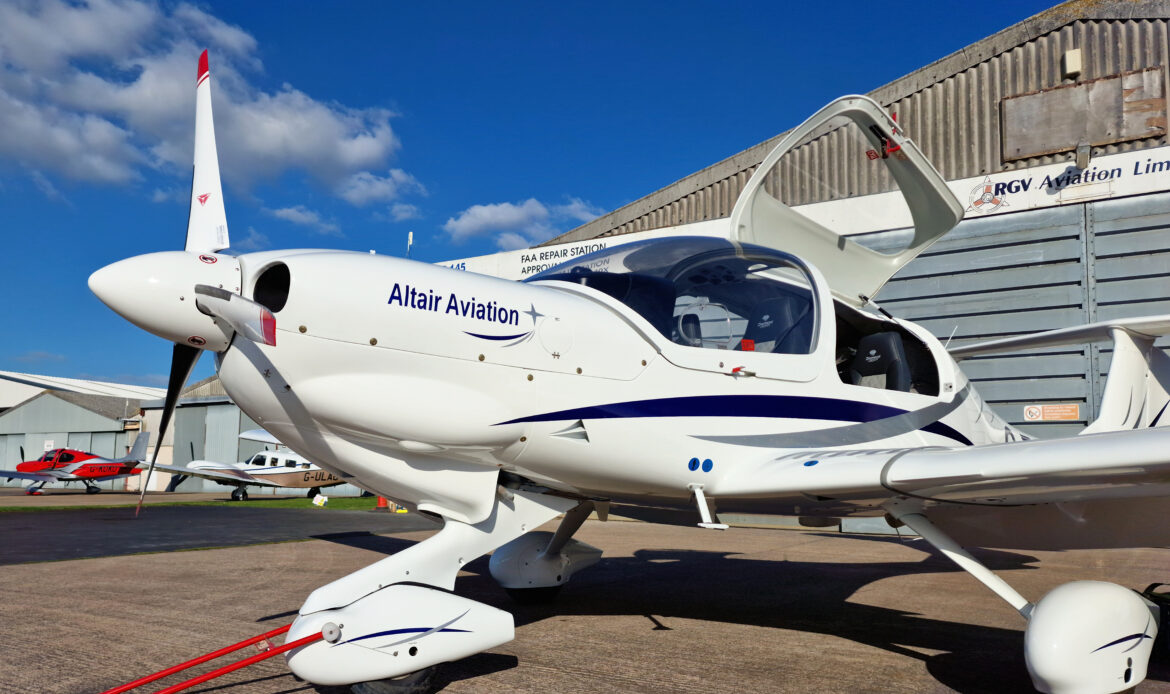
New look aircraft –
Once the aircraft returned we flew the quick sector in the London TMA to test all functionality and get back up to speed. This was a good run, and the airspace was far busier than it had previously been since I had gained my Instrument Rating. With a good weather forecast, we flew the aircraft to Rotterdam for the day.
This was a fairly quick trip, with morning weather clearing and minimal risk from icing conditions, though it wasn’t an escape – it was just clear skies. The benefits of the instrument rating come to fruition with an IFR trip to the Netherlands for Lunch. How cool is that?
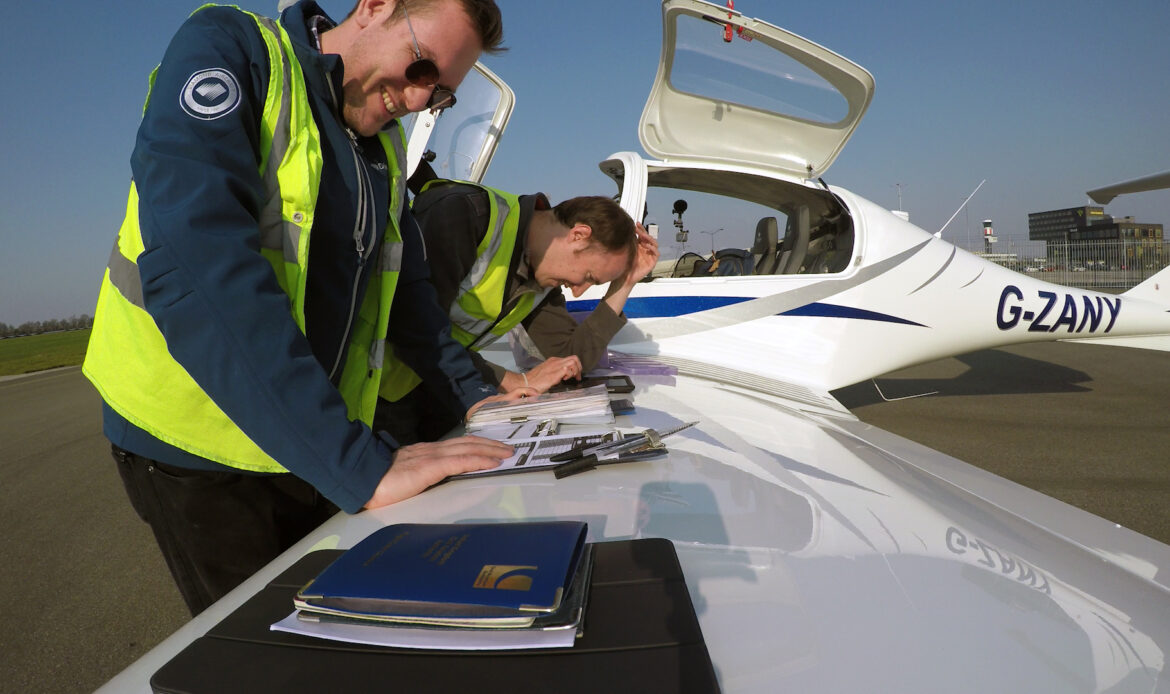
Returning to France –
It wasn’t just the Netherlands that finally saw sense in reducing restrictions, France did too and a night stop to enjoy the beach just 1 hour from London. It’s a shame the weather was a limiting factor, with snow showers clearing through the channel.
The news at dinner that one aircraft making the trip to this popular resort had crashed, came filtering through, which was a shock to the system. G-EGVA was one of seven aircraft taking part in a club ‘fly-out’ from Wellesbourne Mountford Aerodrome to Le Touquet in France.
A line of highly convective clouds was forecast on the intended route in the English Channel.
The return sector was fraught with challenges as high altitude weather limited our climb, and staff shortages likely meant limiting access to the London TMA. There’s a specific thread on EuroGA about this, of which there are numerous regarding his precarious issue due to a design of controlled airspace.
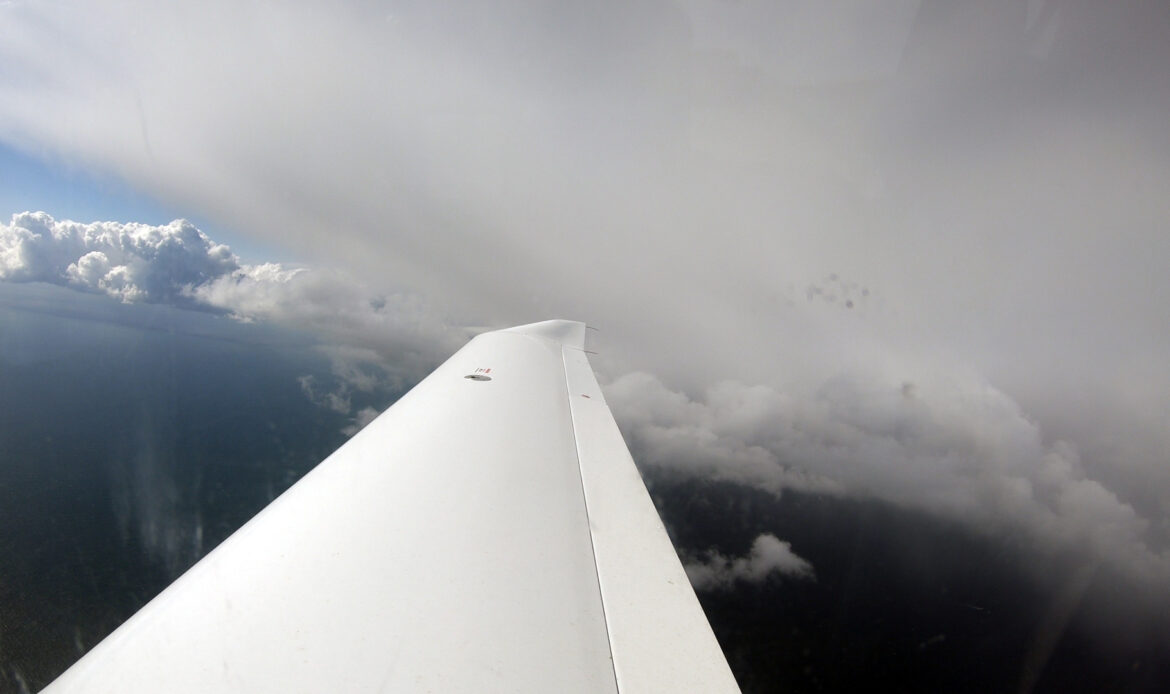
A trip to Amsterdam failed, again –
A few weeks later towards the later end of April, I was set to fly to Amsterdam Schipol, which I had sadly cancelled twice before due to COVID and the weather. This time I was all set, with the hotel booked by the airport and a short visit to Schipol involving a tour of the GA facilities.
Sadly it wasn’t meant to be, during routine maintenance, a part wasn’t available and thus the journey to Amsterdam was cancelled.
This set up an interesting trip, Kemble to Kotritjk for the refurbished Autopilot and an overflight at altitude of my home, London. Sadly low-level cloud cover scuppered that plan. The weather in Belgium was far from easy with embedded TCU to the east of the approach path, giving the newly refurbished aircraft its first wash.
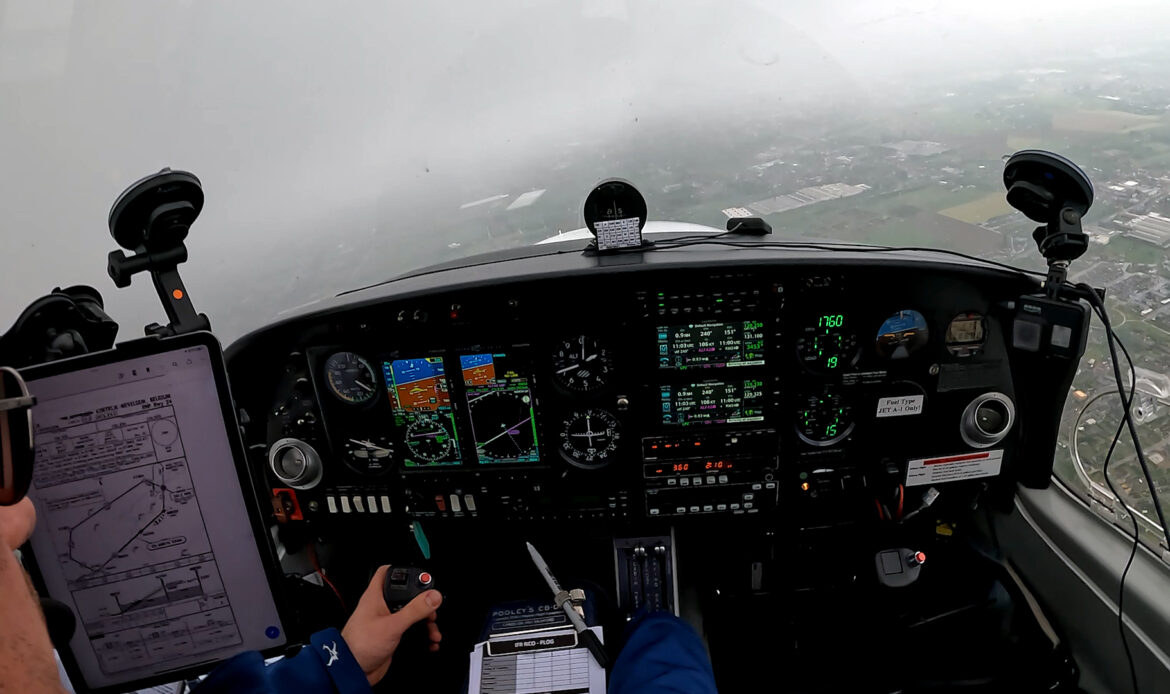
A big trip to Spain –
After a long holiday in Turkey (This time with an airline), I returned only to fly to Spain days later. Sadly the weather didn’t play ball.
This was an experience that would take some beating. Flying a light aircraft from the UK to the Costa Brava in challenging flying conditions and into the Pyrenees at night. It felt akin to being an airliner, with ATC slots, change of plans and a significant amount of thought and pre-planning.
This was a special trip and will go down as one of the best I’ve ever completed, with probably the longest flight time I’ll ever fly in this aircraft. With the costs of such a trip and venture in the thousands, it’s not cheap but at least I can say – I did it.
One big trip leads to another –
For many years I’ve wanted to join Erlangen Bergweich, which is one of the oldest festivals in Germany. Like Oktoberfest with better weather. With the previous two years cancelled due to the Coronavirus Pandemic, it was time to organise the planning of this trip. Many months were spent waiting on the local authorities and the Bavarian Government to allow the event to take place.
Despite a relatively high number of visitors, it is not commonly known by tourists, or people living outside Bavaria. This was a much-needed trip and would be flown entirely IFR, but we had a last-minute addition to ensure this trip was memorable.

We would stay in both Prague city centre and Erlangen for the weekend to ensure we could make the most of our stay. The long-outbound flight to Prague would take place on a Thursday Morning and we would fly to Germany Saturday till Monday before making the journey back to the UK via Baden-Baden (For lunch).
We would cover many miles, but also avoid the weather and finally fly in it.
The IR Revalidation –
July had quickly approached and so did my first full year of holding an Instrument Rating. The revalidation is not as hard as the test, but I forgot a few things and wanted to recap and so I challenged myself to a bit of practice in the morning in some IMC and then a test later that day. A busy day sponsored by clubhouse food and coffee.
The IR can be revalidated up to 3-months before expiry to extend original expiry by 12 months. You can revalidate outside of 3-months but the IR expiry date will be 12-months from the end of the month in which the test is taken, but to keep things simple, I’ll revalidate in Mid-Summer where icing risk is lowest.
If you missed that journey? You haven’t.
You can view more about the Instrument Rating on the UK CAA website.
Summer storms in the Belearics –
August was the month we would finally fly to Ibiza by light aircraft. Or was it? The months of July and August are the hottest times to visit Ibiza and September tends to be the wettest. With this trip falling towards the later end of August, it should have been a simple trip down to Southern France and then flying south of Barcelona towards Ibiza.
What should have been a simple trip became impossible to fly. Sadly due to nights recommencing at my workplace and severe weather forecast for the period of the flight this trip by light aircraft became a step too far.
On August 18, 2022, a storm system formed near the Balearic Islands (Mallorca, Menorca, and Ibiza), this storm system moved eastward rapidly, bringing devastating winds to the island of Corsica. The complex of storms moved from there onto the European mainland, resulting in widespread damage and several fatalities.
You can read more on the NASA website
Having booked a hotel that was non-refundable I flew the trip with an airline and the weather for the return was also unstable with the tropical weather due to the higher than normal sea surface temperatures of the Mediterranean sea.
On my return I invited a new pilot on the group to Lille for a quick trip, keeping my Instrument Skills sharp, despite the setback of a memorable trip being cancelled at last minute due to fatigue and weather.
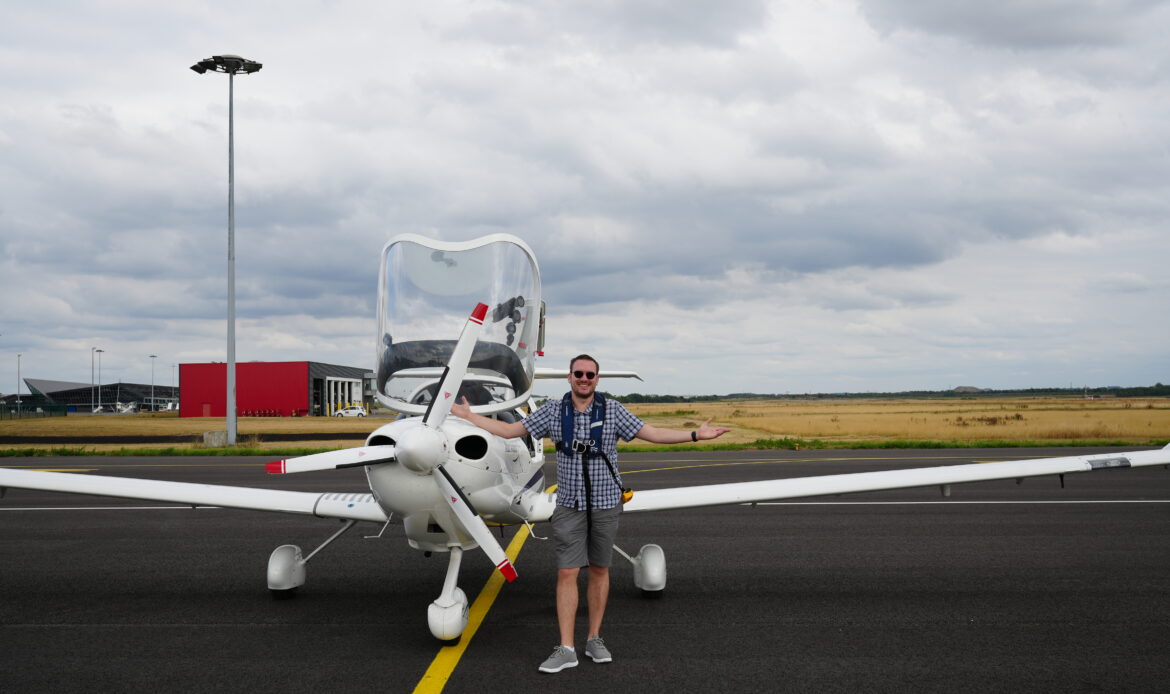
Standard Operating Procedures & The Final Trip –
With the Ibiza Trip moved to September, it was very much a possibility the trip could go-ahead with a slightly shorter duration. Beset with fatigue again, and COVID on the rise I fell foul to the virus thus making the difficult decision to cancel this trip until further notice.
The weather for the return flight would have been nigh on impossible to safely get the aircraft back without problems with atrocious weather conditions, strong winds and icing conditions even the airliners would struggle with. Winter was dawning.
The opportunity arose for the reconcilliation to fly to Bilbao, unfortunately due to unforseen circumstances I had to cancel and take an airline instead. This would have been a trip of epic proportions, the weather into Bilbao was perfect, yet IFR and the return sector would have been the most challenging yet with lots of frontal weather and turbulence.
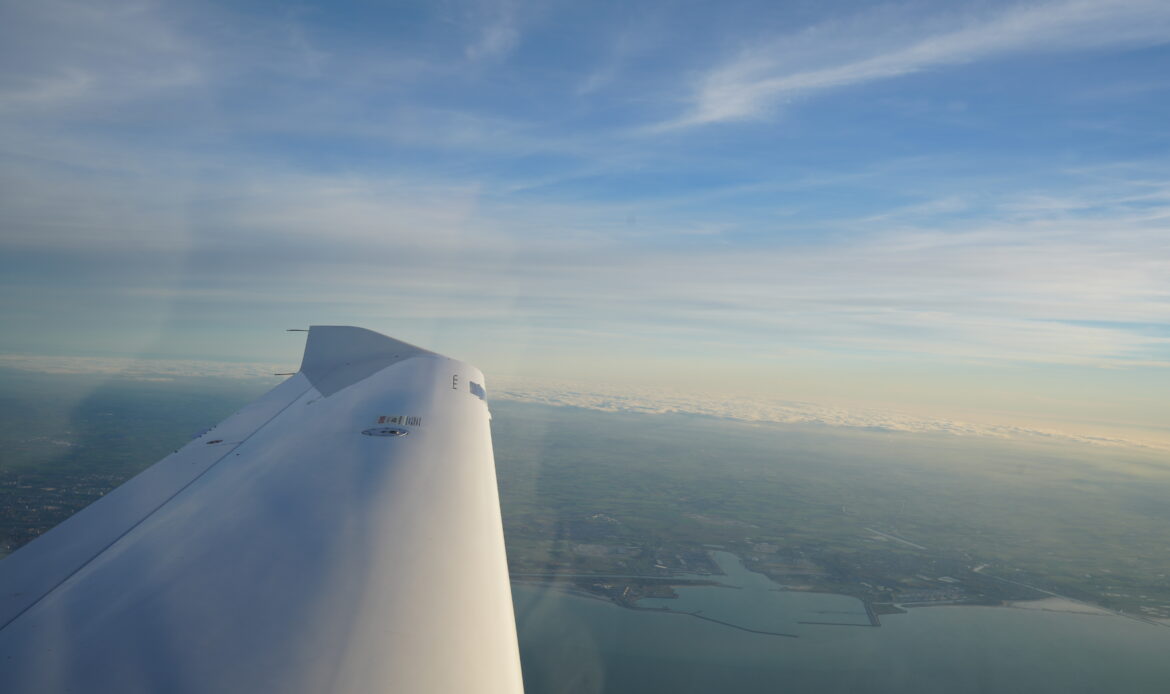
The opportunity presented itself weeks later in a very warm November to fly the aircraft to Oostende with a fellow pilot on the group to work on and share some standard operating procedures. The long and daring summer trips inspired by the many mistakes, errors and challenges created the ambition to develop my checklists and hone in my skills. More on this at a later date…
The very next day we made the final trip to the Netherlands, returning to the city of Rotterdam, again for a spot of lunch. This trip wasn’t as easy at the day before with fog, low level cloud and clearing mist providing a challenge, something that is expected in the low-strength sunshine months.
But this gave opporunity to really test my new briefings as a result of the standard operating procedures that I was implementing, and with the added complexity of passengers that weren’t experienced in the flight of light aircraft, not at least factoring in hard IMC as a result of the weather.
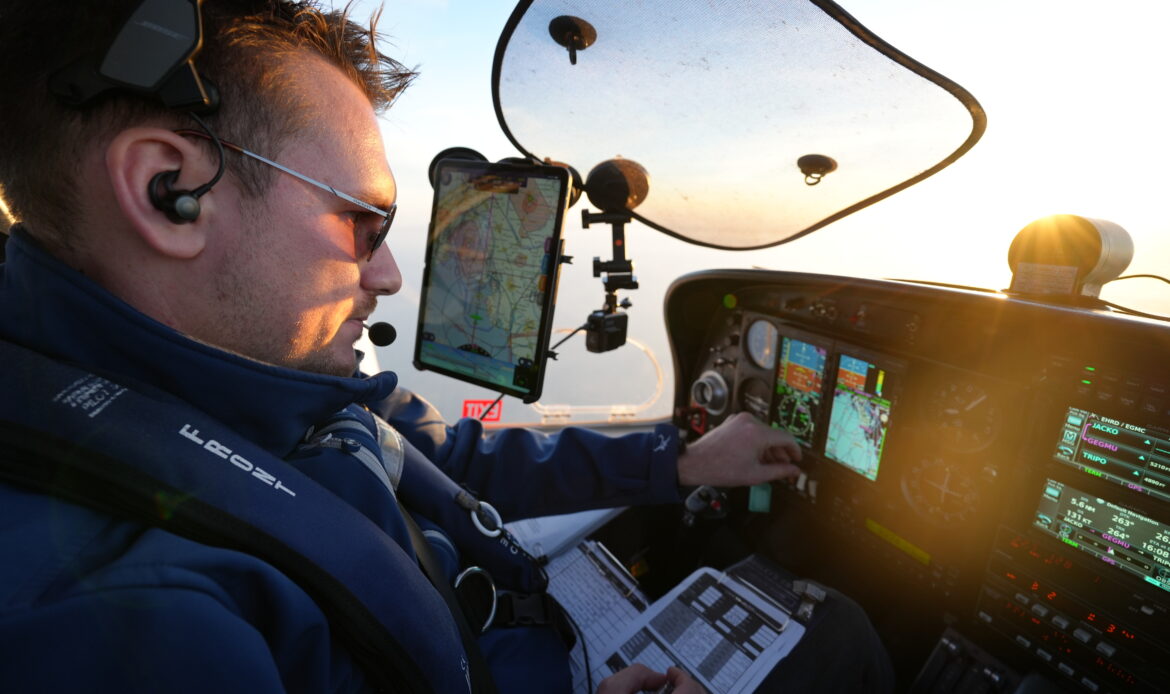
2022 Closes –
Following on from the record year of 2021, I flew 56 hours and 55 minutes over 5900 nautical miles.
We flew to Rotterdam, we flew to Spain, we visited Bracelona, we journied across the vast expanse of Europe to Prague and finally visited the Erlangen Bergweich, one of the oldest Bier Fests in the world.
Whilst many trips didn’t happen, the Instrument Rating truly showed it’s capabilities. I completed 31 successful take-offs and landings, across 29 flights, finishing the year with 374 hours 20 minutes flown.
Let’s hope 2023 is the biggest yet…
Version 1.0 – Last updated 26/01/2023
Aircraft –
The aircraft is a DA40 TDI, which uses a Thielert “Centurion” 135 hp (101 kW) diesel engine and burns diesel or jet fuel. It has a constant-speed propeller and FADEC (single lever) engine control. G-ZANY is based at Stapleford Aerodrome, Essex, UK and was delivered as new in 2003.
Read more about the aircraft on the dedicated page
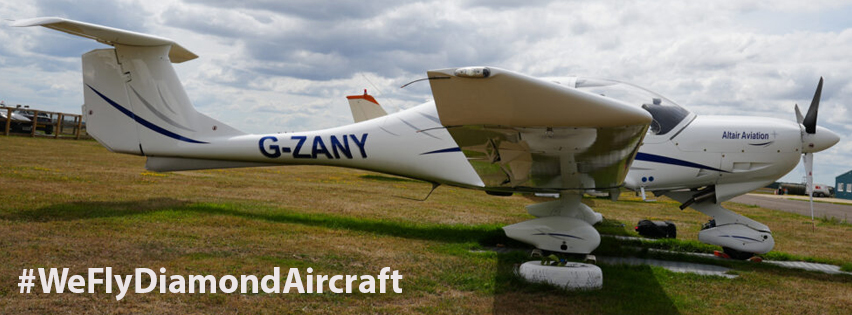
Supporting the YouTube Channel –
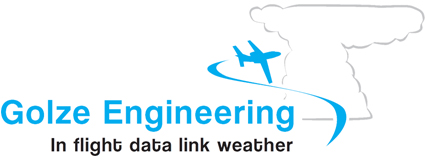
Support the YouTube Channel –
Welcome to The FLYING VLOG…
I am a current PPL(A), SEP (LAND), IR(A) SE/SP PBN, IR(R) & Night holder. Flying the world, exploring its hidden treasures. Taking pictures and vlogging the journey; I hope I can provide you with an oversight of my progression as I develop my skillset and airmanship in exclusive videos on my YouTube channel.
Now flying IFR in the Airways of Europe & beyond. Bringing you an exclusive niche to YouTube, flying in the same skies with commercial airliners.

